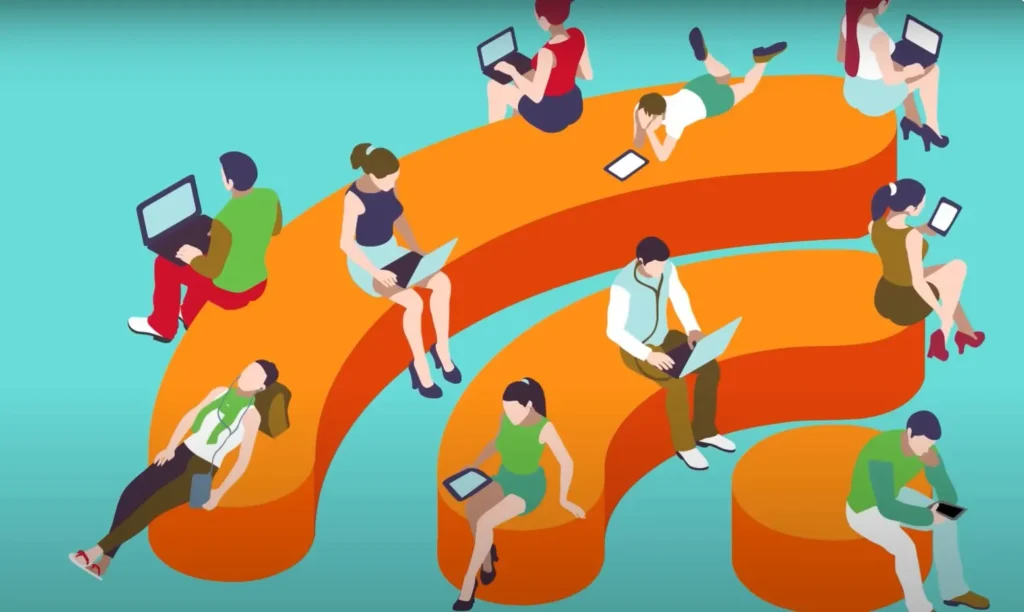What is the Wi-Fi’s maximum range?

382 kilometers is the farthest connection that has ever been made between two 802.11 devices. Ermanno Pietrosemoli set the record for this one. In order to get two directional antennas to point in the same direction, he had to adjust some of Intel’s serial hardware. Ermanno only paid $60 for the hardware, and he was able to achieve 3 Mbps.
Wi-Fi has been available for a long time!
The AT&T corporation introduced the first wireless data transmission devices on the 2.4 GHz radio frequency back in 1991. This standard was known as WaveLan at the time. Data transmission rates of one to two megabits per second could be achieved with it.
The first 802.11 specification, which was basically the same as AT&T’s WaveLan, was released to the public in 1997. The next specification, 802.11b, was proudly dubbed WI-FI. Data could be transmitted at up to 11 megabits per second with this standard.
Is radiation from Wi-Fi harmful?
After people discovered that microwaves operate at the same frequency as WiFi, 2.4 GHz, these kinds of questions frequently started to surface.
A closer look at the question’s core answers you to the conclusion that WiFi signals are completely safe.
It uses an average of 100 milliwatts of power, compared to an 800 watt household microwave. Since Wi-Fi doesn’t have enough power to hurt you, it is entirely safe.
Wi-Fi is faster than wires at data transmission!
As of right now, 802.11ac is the fastest standard. It can transmit data at up to 1.3 Gbps, which is significantly faster than the typical phone cord.
There is more to wireless network speed than 1.3 Gbps! Active development is currently underway for 802.11AD, the next generation standard. At least 7 Gbps should be its throughput. Working in the 60 gHz range enables it. It is unfortunate that the penetration and range of such a high-frequency band are so low.
Using public Wi-Fi networks is not safe!

Hackers frequently use these networks to obtain information. Every day, about 1 terabyte of data is intercepted. Furthermore, 370 million accounts are “leaked” into the public domain each year. All due to users’ negligence on public networks.
It is feasible to conduct a “man in the middle” attack by stooping to become one of the parties and intercepting the communication between you and the server with the use of specialized software. The victim’s bank accounts can be conveniently emptied in this manner.
Using your saved session, it is also possible to intercept passwords or cookies and effortlessly log into your Instagram or contact accounts.
Strive to stay off of public networks to keep yourself safe. And if you really must, use a reliable VPN or a secure SSL connection.
Please leave a comment if you’d like more information, and if enough people are interested, I’ll create a separate post about it. For now, that is all. Subscribe to my peekaboo profile if you enjoy reading my posts or if you’re interested in contemporary devices and technology. This post is rated. I appreciate your time, and I’ll talk to you later.